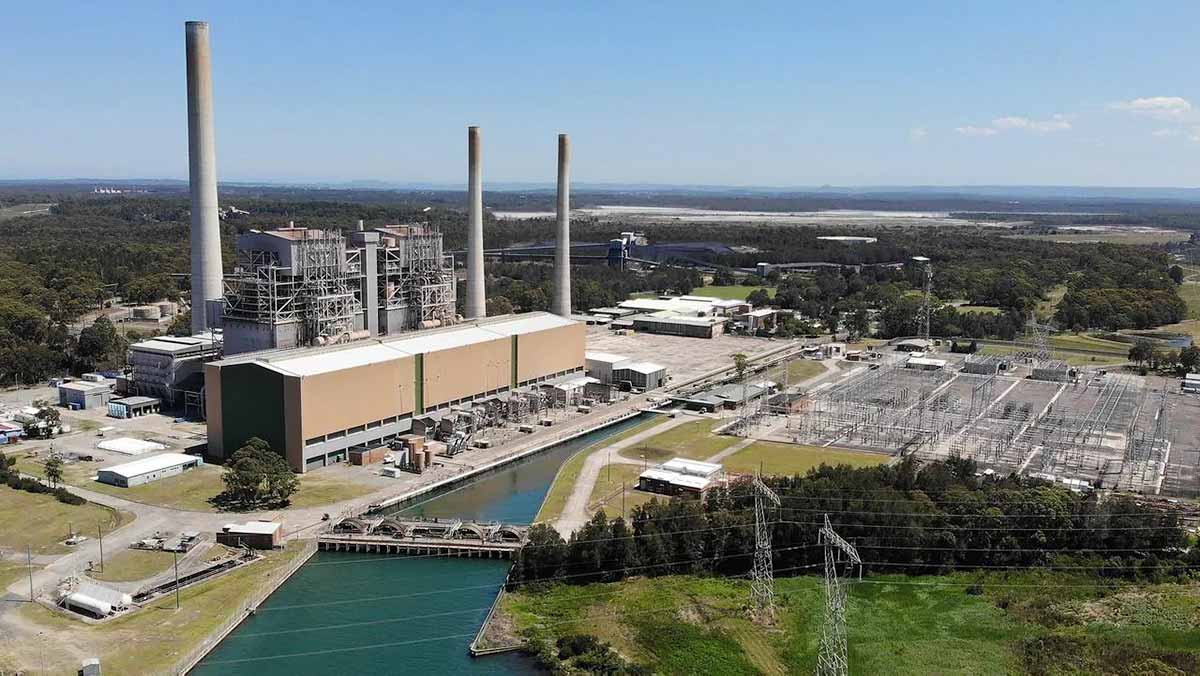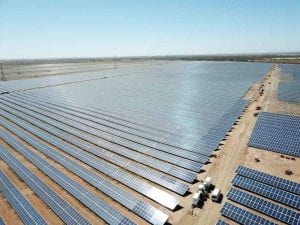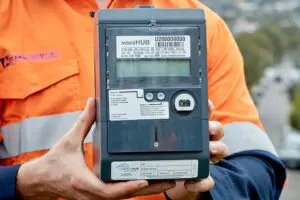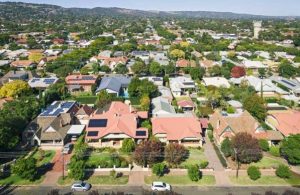The Energy Security Board has insisted on including existing coal and gas generators in its latest draft of proposals for a so-called “capacity mechanism,” possibly the biggest and most controversial change to the rules of Australia’s electricity market in more than two decades.
State and federal energy ministers earlier this month urged the ESB to fast-track its work on a capacity mechanism as part of its redesign of the rules of a market that are widely recognised as no longer fit for purpose.
They urged the focus be on new technologies, renewables and storage, but the latest document appears to be a largely re-heated version of the one presented and enthusiastically supported by then Coalition government minister Angus Taylor.
The ESB insists that all technologies be included in the mechanism – including coal – and it also rejects the widespread call for the mechanism to be restricted to only new investments.
“It would be more efficient to pay to keep the existing generator in the market to minimise costs for consumers,” it writes, and admits that coal plants may use the income from a successful bid to refurbish or retrofit their kit, presumably to extend its life.
It’s another glaring example of the devastating consequences of the decision – 25 years ago – to exclude environmental considerations from the National Electricity Objective, a ruling that has crippled and cruelled energy market investment decisions and rulings ever since.
There is no mention of climate or climate objectives in the entire 84-page paper, and the ESB says it is still seeking guidance from ministers on what net zero actually means for the energy industry.
The focus on megawatts of capacity rather than flexibility and availability also reveals some old-fashioned thinking about the design of electricity markets and technologies.
There is no penalty proposed for assets that do not deliver when expected, just a missed payment, which would be a relief for the multiple gigawatts of coal capacity that failed to deliver during the current energy crisis.
The ESB seeks to define “at risk” periods, but doesn’t explain how that can be done, given the current crisis has taken all market authorities by surprise and it is difficult to understand how the current crisis could be avoided by retaining existing generator rather than having new kit.
Still, the ESB insists the design is not about keeping coal for longer and more about ensuring an orderly transition.
“For the avoidance of doubt, the purpose of a capacity mechanism is not to extend the lifespan of ageing coal generators,” it says, adding that coal generators face technical challenges from the transition to wind and solar.
“The capacity mechanism would not and cannot address these challenges. Instead, the capacity mechanism would provide more targeted incentives to ensure replacement capacity arrives when it is needed, giving greater assurance that the exit of these generators will be well managed.”
Coal generators have said that a capacity mechanism must be open to coal to prevent ad-hoc closures over the coming decade, and to keep the lights on. AEMO predicts 14GW will be closed by 2032 and some expect it could be earlier..
The ESB appears to have swallowed the line of the coal generators, but others, such as Grattan Institute and the ANU have proposed simple schemes to manage the exit of coal – such as a series of coal “bonds” or “closure auctions” – which would still allow a new market design to focus on the future.
Still others have proposed what are known as “enhanced” energy-only markets focused on flexibility and availability which, according to The Australian, attracted the most support from energy market players surveyed at a meeting in April hosted by the ESB.
A source confirmed this to RenewEconomy, but the ESB has chosen to ignore the survey – as it did the minister’s guidance – and ploughed on regardless with its preferred design.
The ESB has made two concessions – the recognition that new technologies will need greater support, and to give the option for individual states to opt out of certain technologies.
Victoria, for instance, has insisted that it be given the right not to include coal – although it has signed a confidential agreement with EnergyAustralia over the timing of the Yallourn closure, now set for 2028 – but again this will add complexity.
And it will be devilishly complex anyway. The ESB notes that the NSW government, in its own infrastructure roadmap, is proposing its own form of contracts for storage and has its own reserve mechanism. The ESB hasn’t yet figured out the details how those schemes and its capacity mechanism can co-exist effectively.
Its thinking about another key element of the design – the so-called “de-rating” of certain technologies – which mostly affects battery storage and demand management, will also be regarded as a disadvantage to what are seen as key parts of a new flexible approach to the grid.
One the issue of costs, and to try and avoid the massive overspend of similar schemes in the UK, and in Western Australia (where more than $1 billion was wasted and multiple diesel generators built that have never been switched on), the ESB is proposing a “hybrid” model that combines assessments from the market operator and the best guesses of the big retailers.
See: Chris Bowen needs flexibility to avoid capacity market trap set by fossil fuel lobby
Again, this will likely stoke fears that this is another big opportunity for the big gen-tailers to take control of the market in ways that had not been imagined. Currently, they have to exercise power on a daily basis. In the future, they might just be able to achieve what they want through a series of auctions.
And the other concern is the need for speed. The ESB has so far taken five years to reach this point – producing yet another “high level” discussion paper with few actual details.
But it wants the new mechanism to be in place in just three years. That requires the detailed design – which hasn’t started yet – to be negotiated, drafted, completed and approved by next February, and passed into law before the end of 2023. Even the switch to five-minute settlements took six years.










